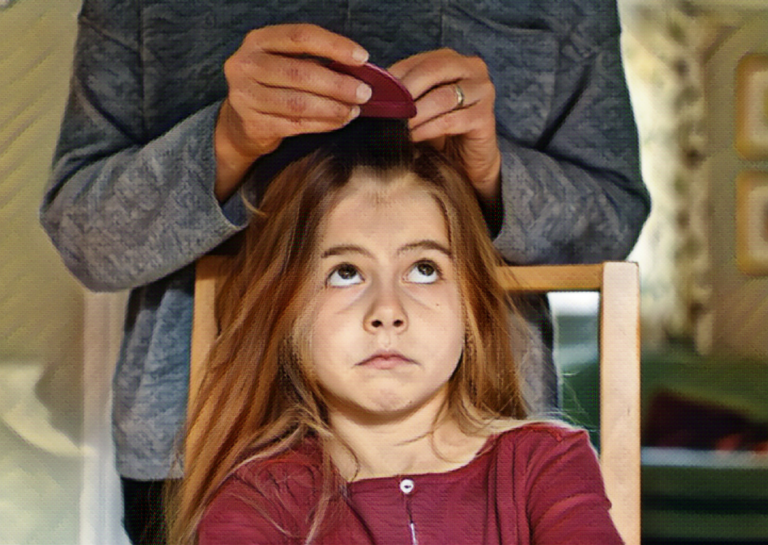Overview
Lice, also known as Pediculus humanus capitis, are tiny wingless insects that live on the scalp and hair of humans. They are a common problem among children, especially those in school-aged populations. Lice are spread through direct head-to-head contact with an infected person or by sharing combs, brushes, hats, or headphones. Lice infestations are not a sign of poor hygiene and can affect anyone, regardless of their cleanliness.
Symptoms
The most common symptom of lice infestation is itching of the scalp. This itching is caused by an allergic reaction to the lice’s saliva. Other symptoms may include redness and irritation of the scalp, sores from scratching, and visible lice or nits (lice eggs) on the hair. Nits are oval-shaped, about the size of a pinhead, and are usually found at the base of the hair shaft close to the scalp.
Causes
Lice are spread through direct head-to-head contact with an infected person, or by sharing combs, brushes, hats, or headphones. They can also be spread through indirect contact with items such as clothing, bedding, or furniture that has been in contact with an infected person. Lice can survive for up to 48 hours away from the human head, so it is important to be aware of these potential sources of infestation.
Treatment
Treatment for lice infestation typically involves the use of over-the-counter or prescription medications. These medications usually come in the form of shampoos, creams, or lotions that are applied directly to the scalp. Some popular over-the-counter medications include permethrin and pyrethrin, while prescription medications such as malathion may be used in more severe cases. It is important to follow the instructions on the medication packaging and to reapply the medication as directed.
In addition to medication, manual removal of lice and nits is also necessary. This can be done by using a fine-toothed comb to comb through the hair and remove the lice and nits. It is important to do this on a regular basis, as lice can live for up to 48 hours away from the human head.
Prevention
To prevent lice infestation, it is important to avoid direct head-to-head contact with infected individuals and to avoid sharing combs, brushes, hats, or headphones. Keeping long hair tied back and away from the face can also help to reduce the risk of infestation. Regularly checking for lice and nits, especially in children who are at a higher risk of infestation, can also help to prevent the spread of lice.
Citations:
- Centers for Disease Control and Prevention. (2020). Head lice. Retrieved from https://www.cdc.gov/parasites/lice/head/index.html
- Mayo Clinic. (2021). Lice. Retrieved from https://www.mayoclinic.org/diseases-conditions/lice/symptoms-causes/syc-20378755
